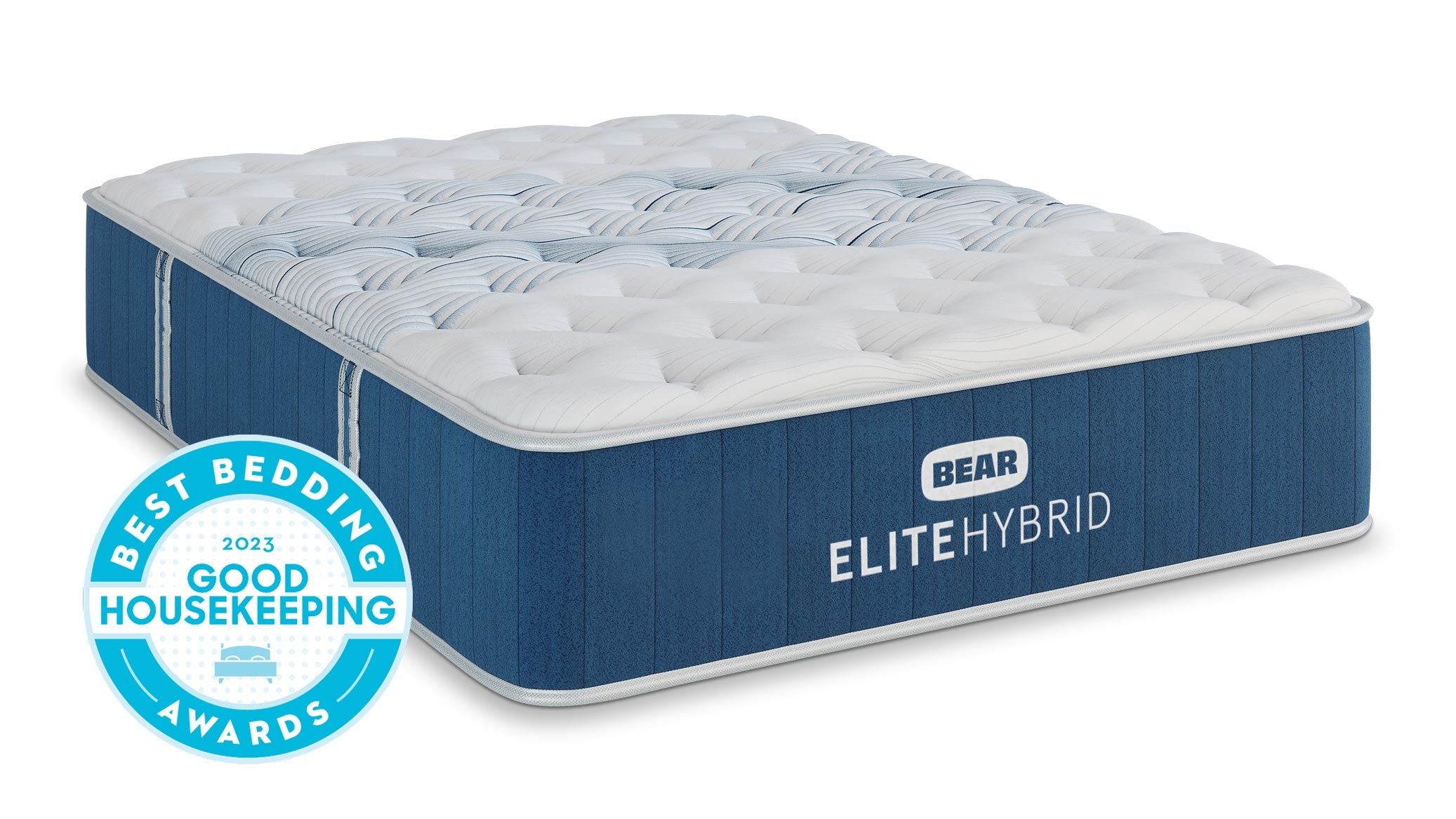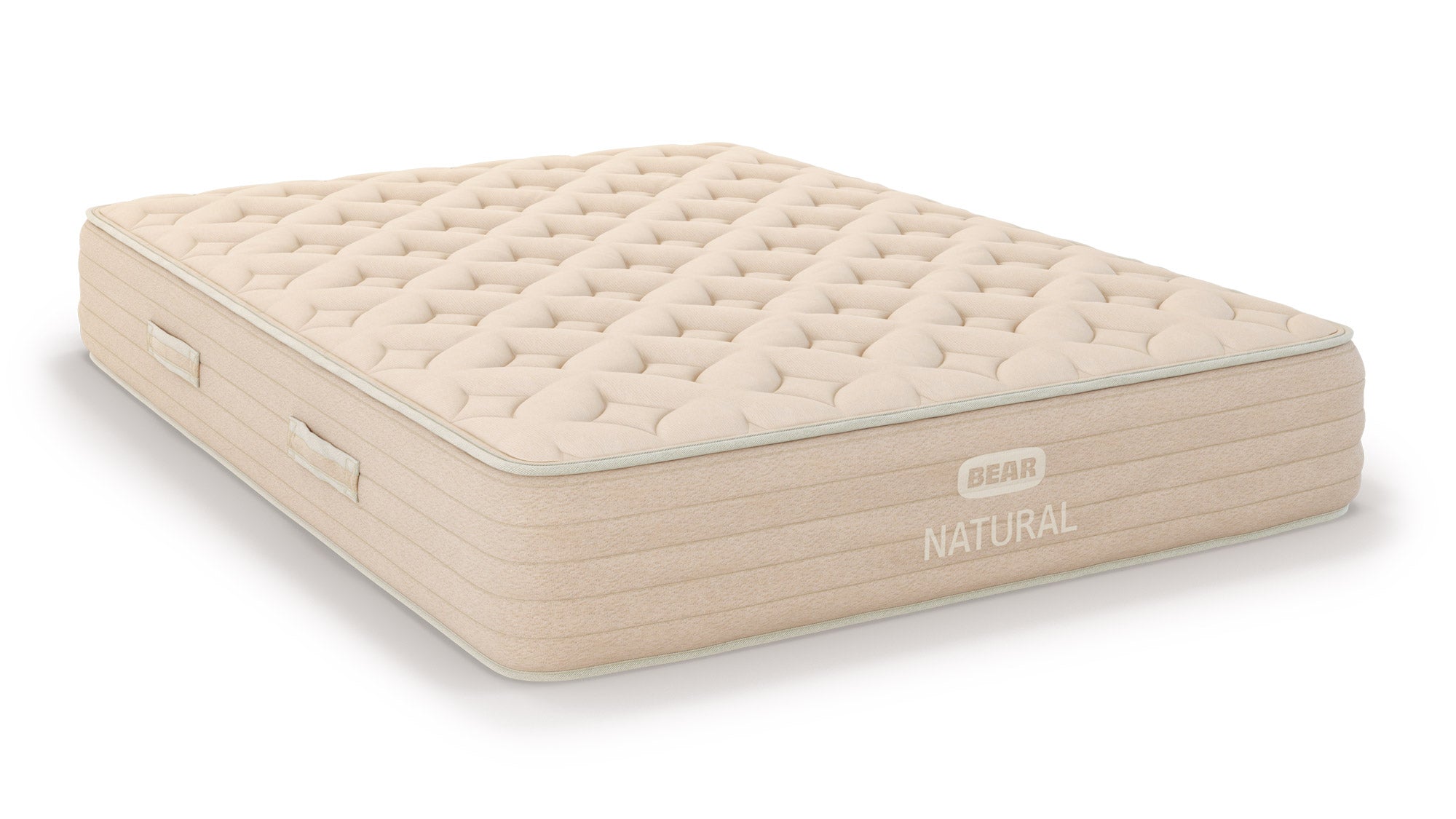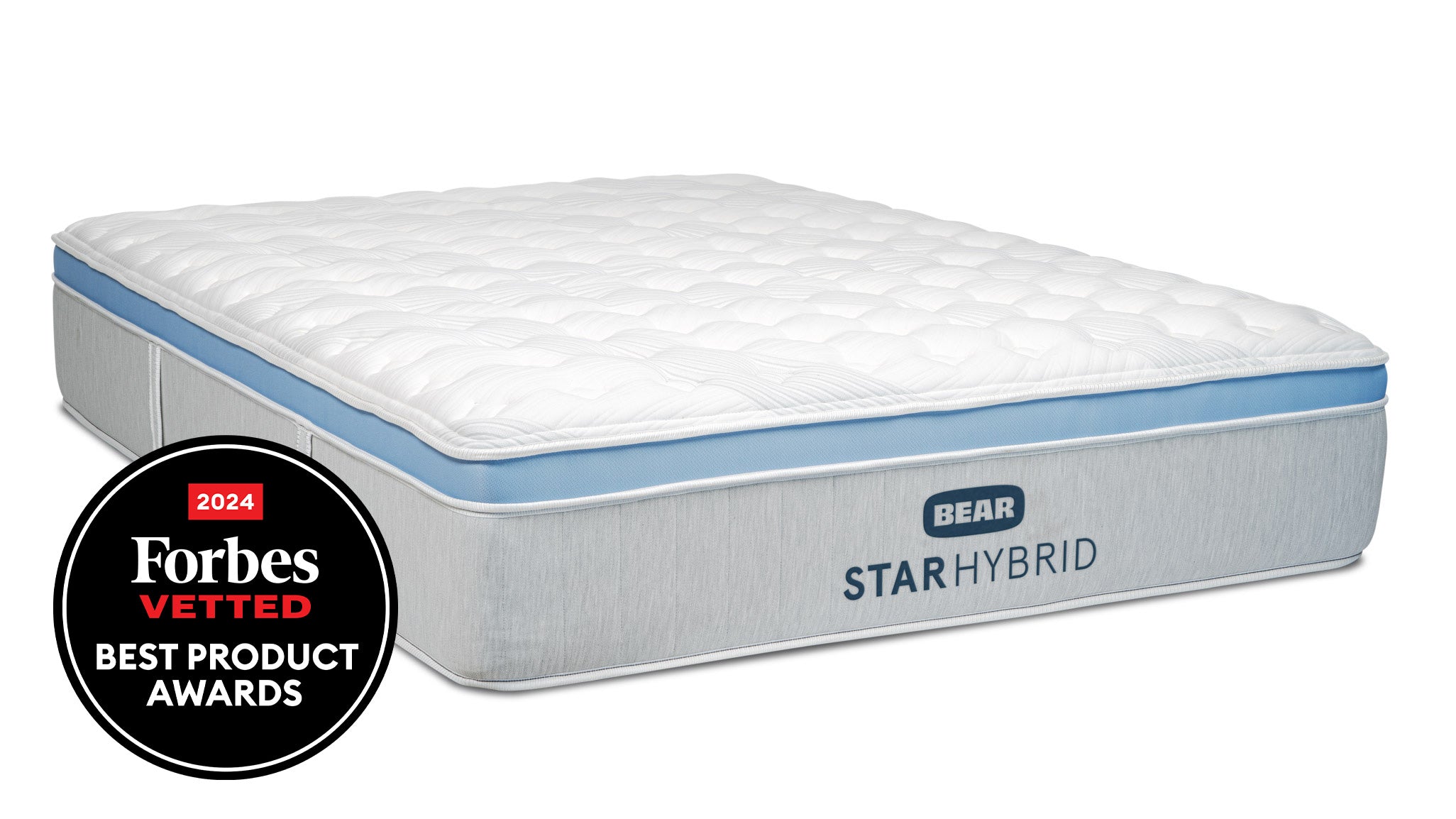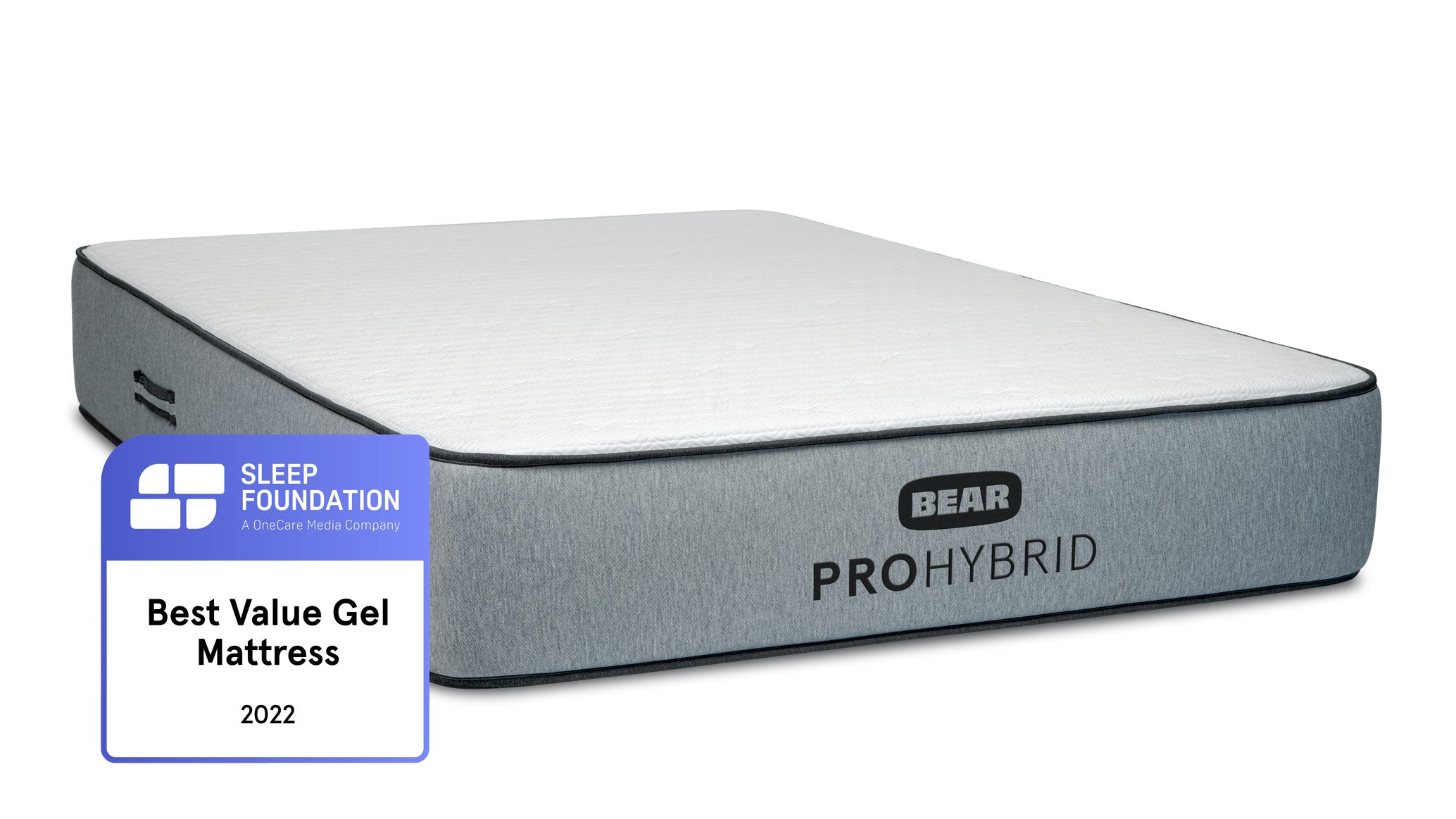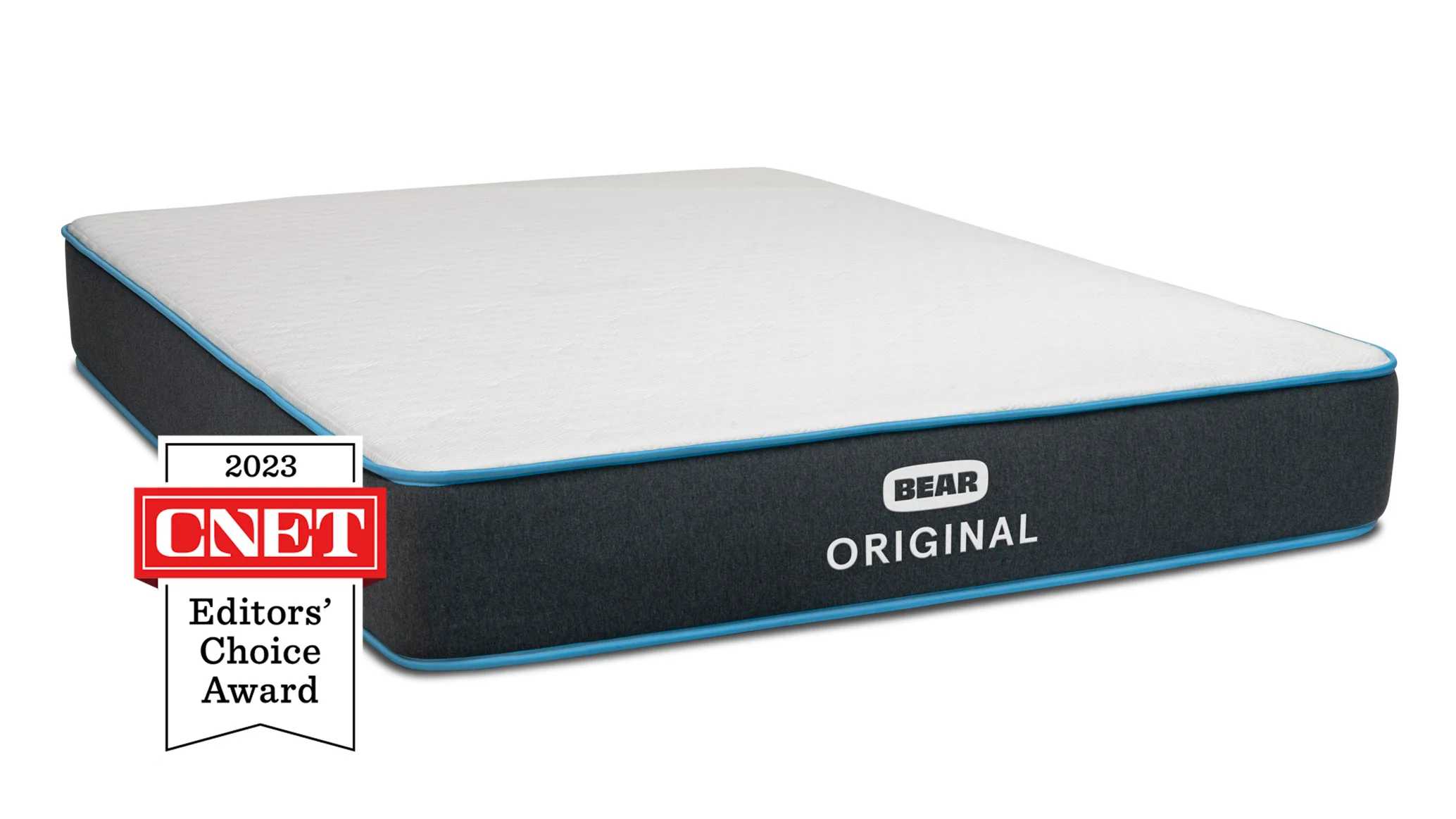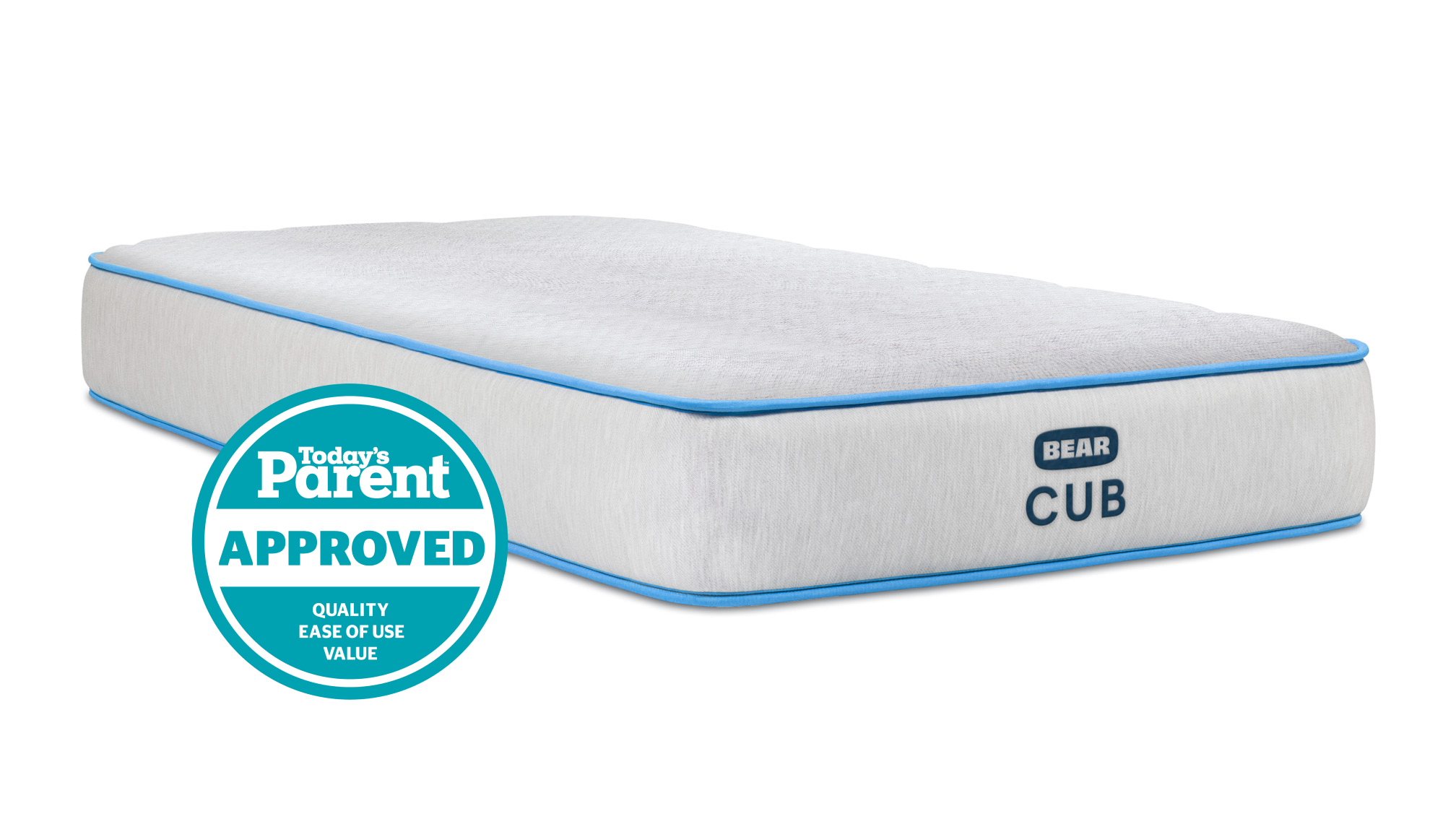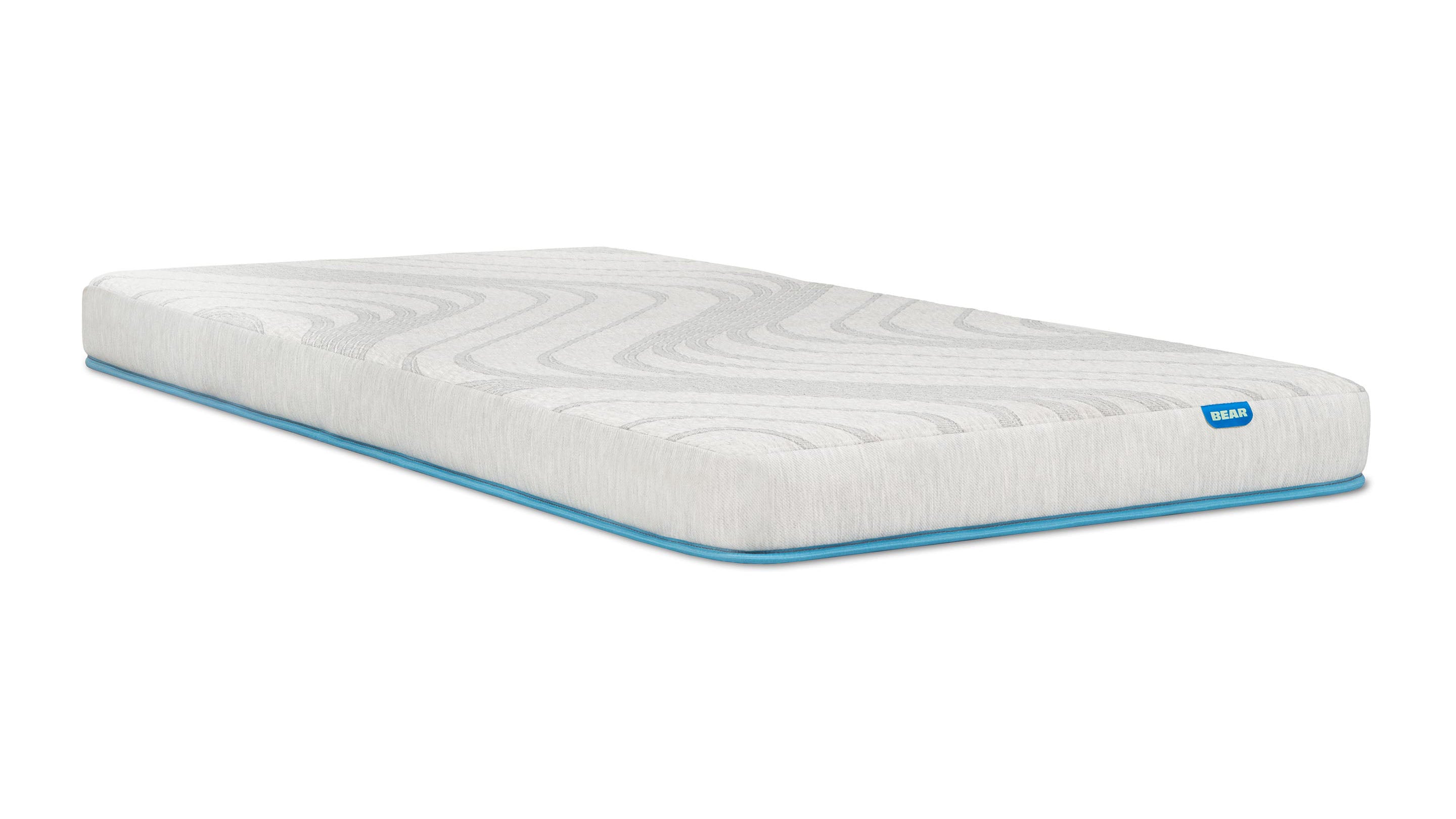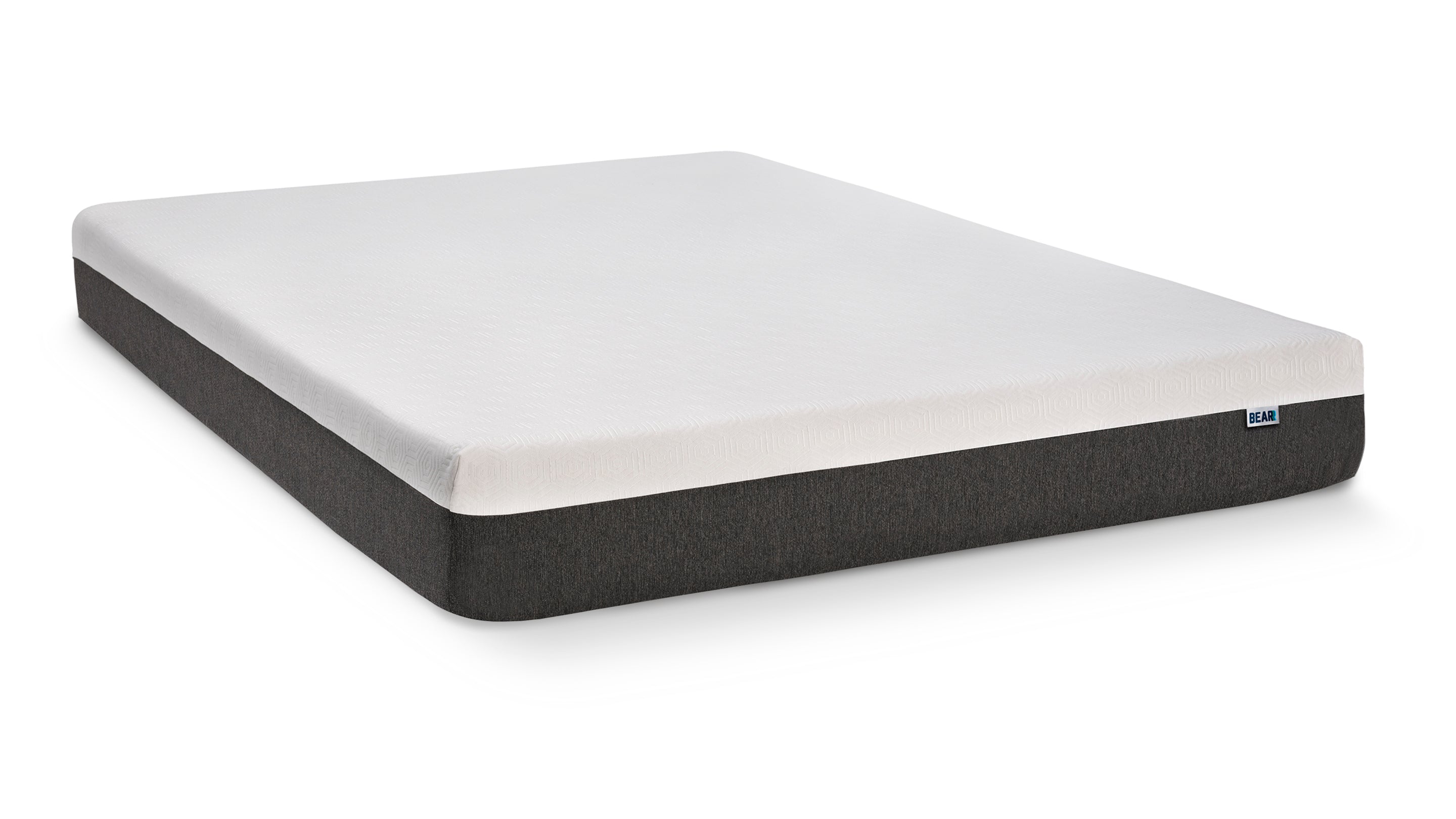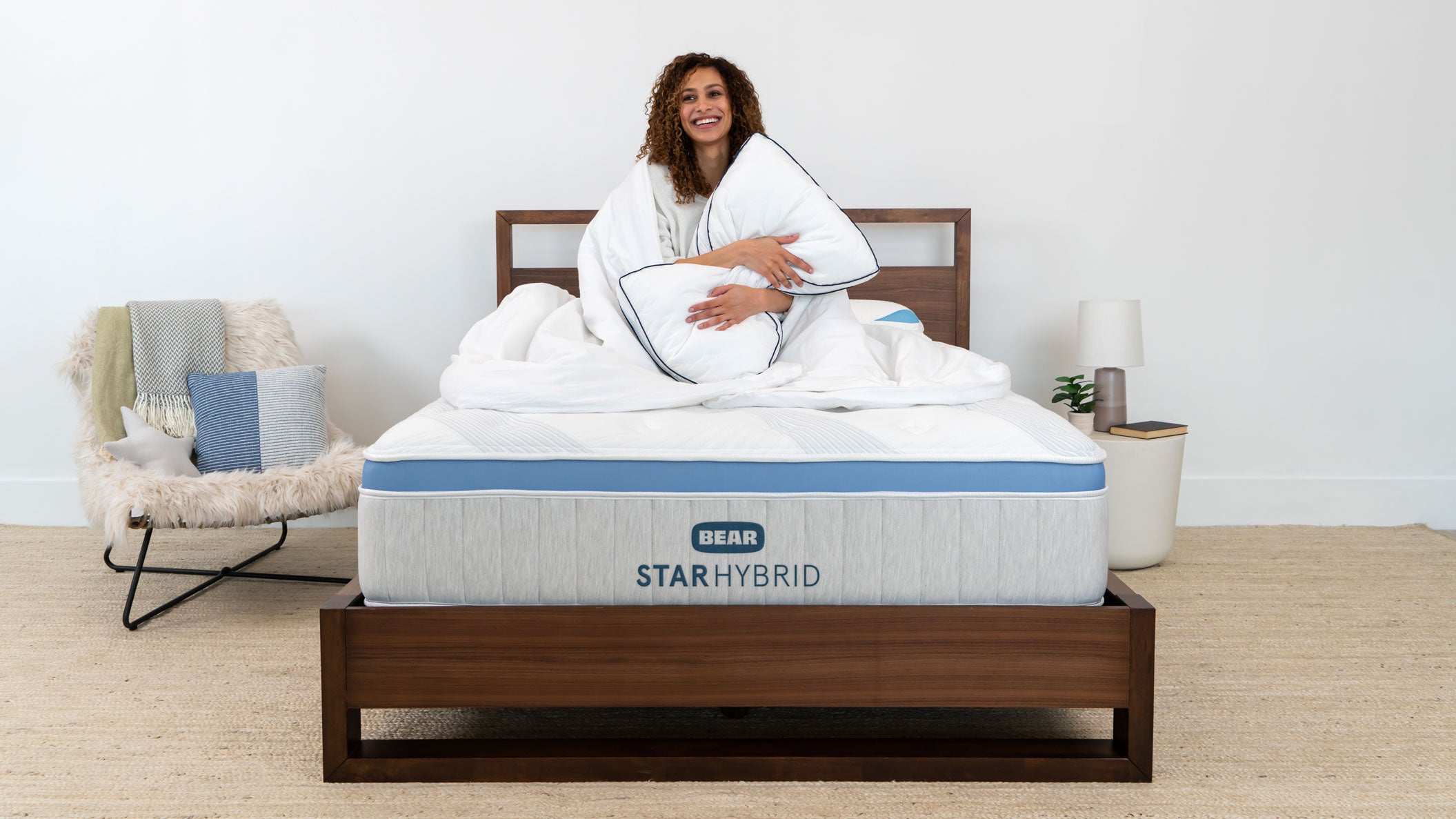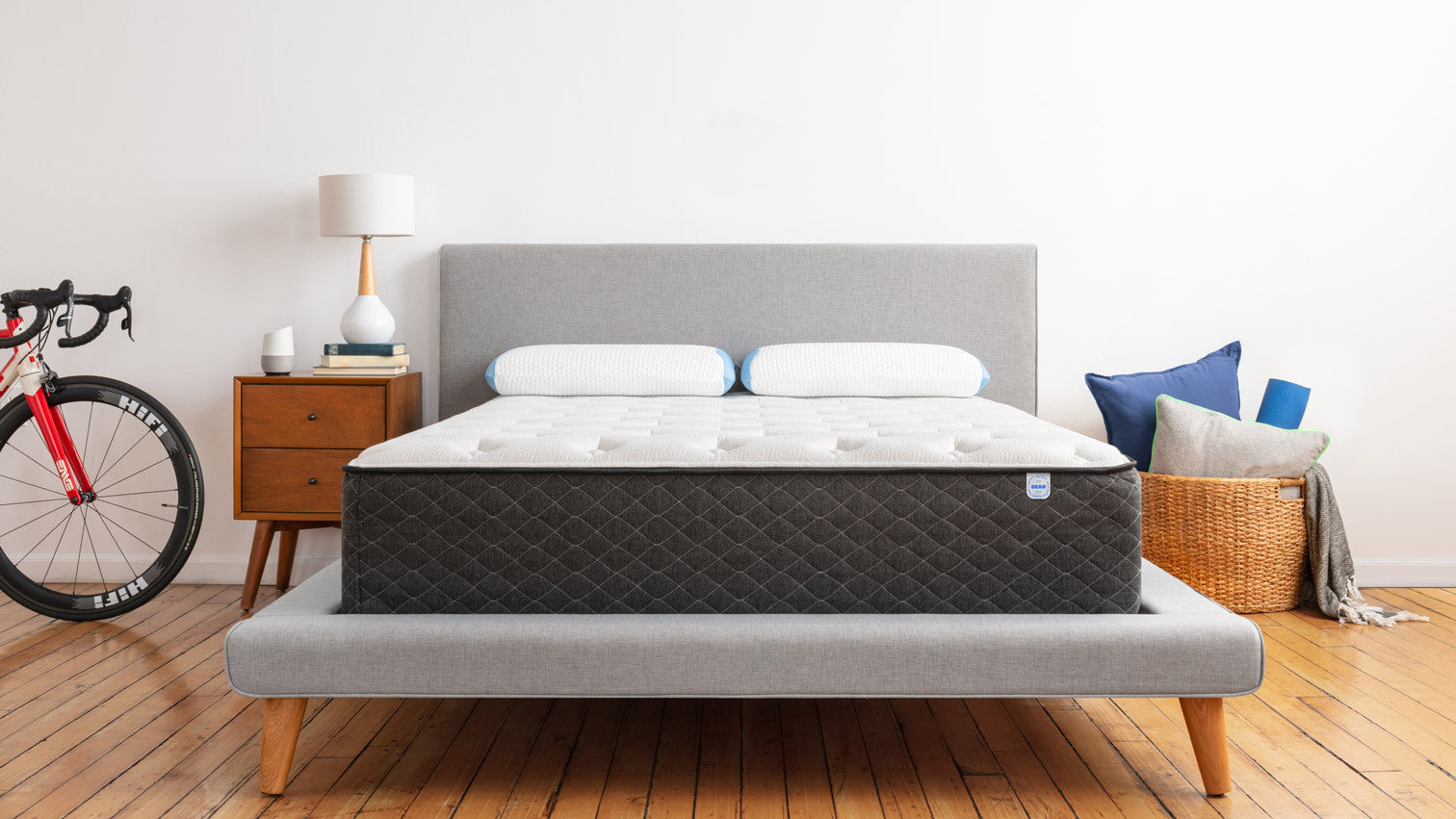Fiberglass is a composite material made by reinforcing plastic with glass fibers and synthetic chemicals. It’s flexible, low-cost, and super durable, which is why it’s used in a wide range of industries for a variety of products. In fact, many manufacturers use fiberglass in their mattresses.
Fiberglass is perhaps the last material you’d expect to find in a mattress. But it’s a cheap way to meet industry fire regulations and keep you safe while sleeping in your cozy, comfy — yet flammable — bed. Fiberglass is especially common in memory foam mattresses, which are extremely prone to fire damage.

How does fiberglass work as a flame retardant? As a temperature insulator and thermal barrier, fiberglass acts as a protective layer that, if your mattress catches on fire for any reason, will melt instead of burning freely. It also slows down the spread of the fire; it’ll take longer for the flames to reach the combustible materials on the inside of your mattress.
Sounds like a good thing, right? Well … not so much.
The Dangers of Fiberglass in Mattresses
Manufacturers typically weave the fiberglass into the mattress, either directly underneath or right into the inner cover — out of sight, and out of mind. However, mattresses with fiberglass can cause inflammatory responses in both children and adults.
If you’ve ever touched the cotton candy-like fiberglass insulation before, you’ll know how itchy it can be on your skin. If your mattress cover wears out or gets removed for whatever reason, it can cause tiny, microscopic cuts and irritation all over your skin, damage the eyes and airways, and worsen asthma symptoms if inhaled. Tiny fibers of the stuff can even reach the lower part of the lungs, increasing the chance of more serious, adverse health effects.

Worst of all, fiberglass is almost impossible to get rid of once it has escaped from your mattress. In fact, it’ll get everywhere inside your home — the air, carpet, furniture, your clothes, you name it. It’s like dust that settles all over the place … except it’s made of tiny glass shards. This makes fiberglass an expensive and enormous pain to clean up. According to one fiberglass-cleaning professional, getting rid of fiberglass fibers from your home can cost anywhere from thousands to tens of thousands of dollars, depending on the severity of the situation.
So even though fiberglass is an effective flame retardant for mattresses, it just isn’t worth the health and financial risks — especially when there are other, safer flame-proof materials out there.
How to Spot Fiberglass When Shopping for a Mattress
Because fiberglass is woven into the mattress itself, it’s pretty much impossible to spot with the naked eye. Luckily, there are things you can look out for in the product labels, descriptions, and reviews when shopping for a mattress to help you determine whether or not it contains fiberglass.
The Biggest Red Flags
- Low costs: Super cheap mattresses (around $400 or less) are more likely to contain fiberglass — and other low-quality, potentially harmful materials — as a cost-cutting measure to bring the price down.
- “Made in China” labels: Manufacturing in China offers many cost advantages to companies, but sometimes it’s at the expense of consumers’ health due to less stringent regulations.
- Greenwashing terms: Some mattress companies use terms like “silica,” “glass fiber,” or “glass wool” to purposely mislead customers into thinking their mattresses don’t contain fiberglass. This is particularly common in all-foam and polyfoam mattresses.

- Polyfoam-based “memory foam”: Real memory foam is usually pretty expensive — but some mattress manufacturers will use polyfoam, which may contain fiberglass and other lower-quality materials, and still advertise it as memory foam.
- “Do not remove cover” on the label: If a mattress tag warns against removing the cover, it’s almost certainly because doing so would expose the fiberglass layer underneath.
When shopping for a fiberglass-free mattress, you can also look for certain health and quality certifications that ensure the materials won’t cause adverse health reactions or expose you to hazardous materials. Also, as a rule of thumb, limiting your search to mattresses made with organic or eco-friendly materials — which are typically free of VOCs, chemicals, fiberglass, and the like — will make it easier to find a bed that’s not harmful to your health.
Bear Mattresses Are Fiberglass Free with WhisperShield™
At Bear, we are committed to providing mattresses that allow for the best, healthiest sleep possible — which means ensuring our customers aren’t exposed to any health-hazardous materials while they sleep.
Our mattresses have been GREENGUARD Gold, and CertiPUR-US certified for a while now. That means the materials we use have been scientifically proven to meet the third-party emissions standards for chemicals and pollutants, like volatile organic compounds (VOCs), formaldehyde, phthalates, and flame retardants.
Now, we’re proud to say that all of the mattresses in the Bear lineup - the Elite Hybrid, Star Hybrid, Pro Hybrid, Bear Original, and Bear Cub —are 100% fiberglass free thanks to our exclusive partnership with WhisperShield™, an environmentally friendly, inherently flame-proof rayon. WhisperShield™ is also chemical-free which guarantees that it has been tested for harmful substances to ensure our customers can trust the materials they are sleeping on are safe.
But most importantly, WhisperShield™ provides a safe, effective flame retardant layer around our mattresses, without the negative aspects of fiberglass and other fire-retardant chemicals. That means no skin irritation, no breathing problems, and no health risks for you and your family - so you can truly rest easy at night.
